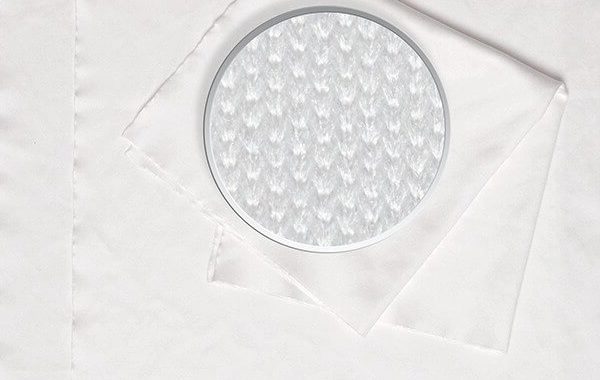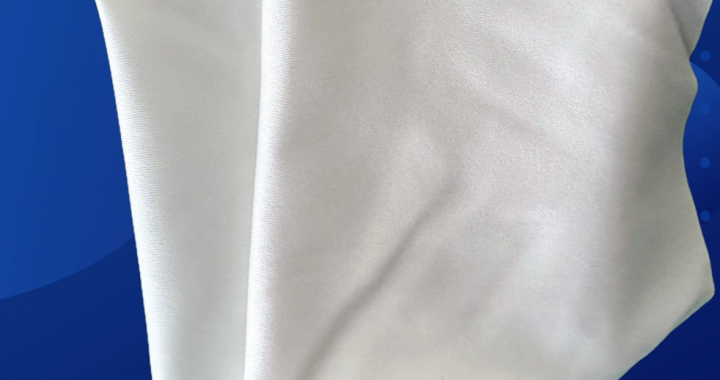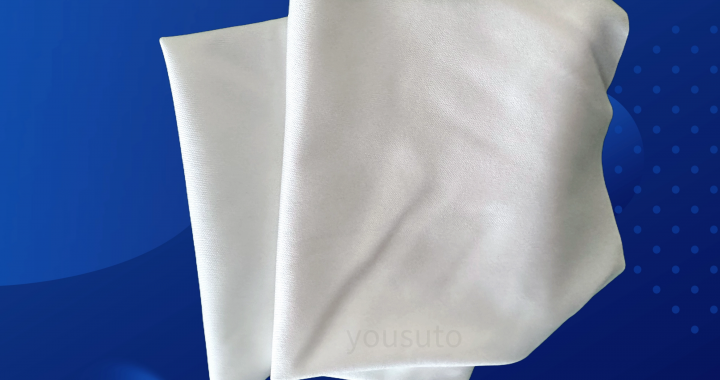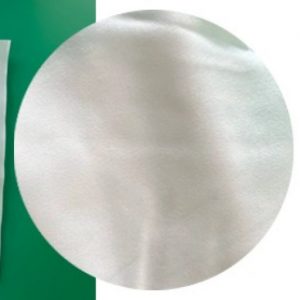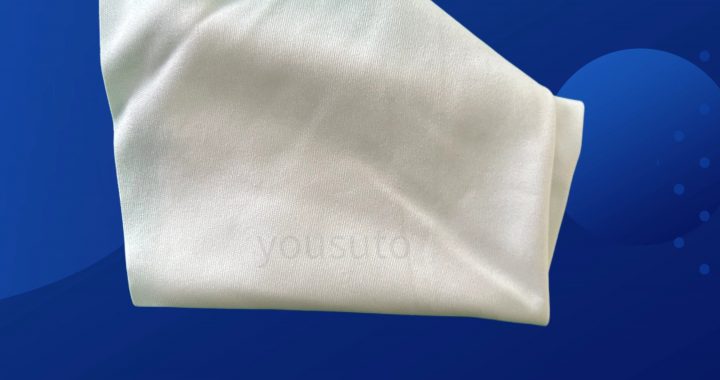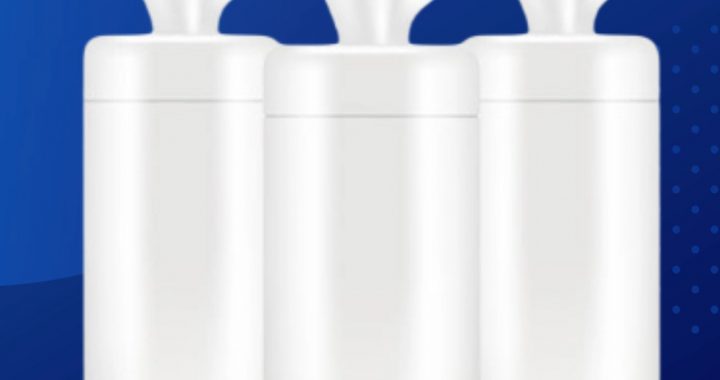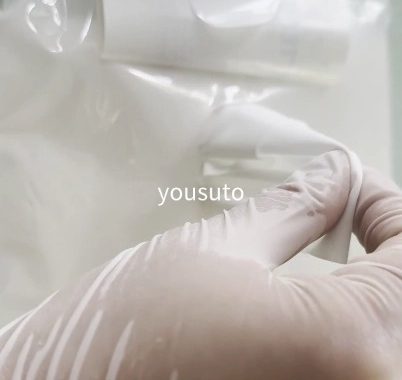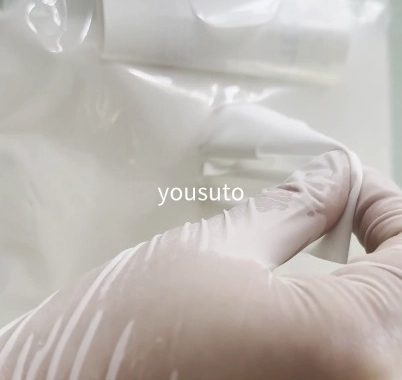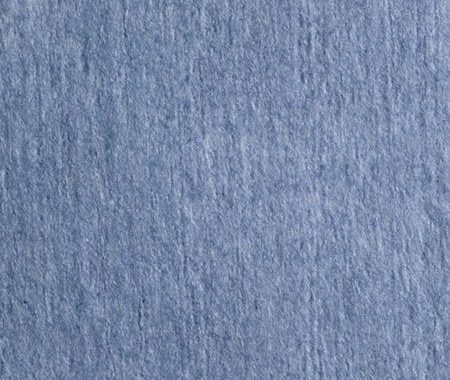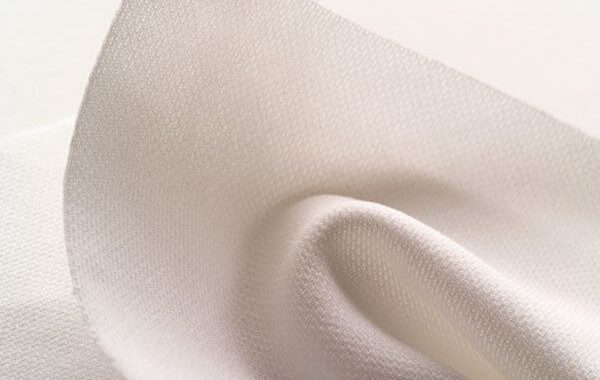IPA (Isopropyl Alcohol) wipes are a key cleaning tool in Class 100 cleanrooms, where maintaining ultra-low particle levels and preventing contamination are critical. Proper use of these wipes ensures effective cleaning while protecting sensitive surfaces and equipment.
Key Features:
-
High-Purity Isopropyl Alcohol: Typically 70% IPA with 30% deionized water, providing fast-evaporating, residue-free cleaning suitable for sensitive cleanroom surfaces.
-
Lint-Free and Non-Abrasive: Designed to prevent fiber shedding and surface scratches, essential for delicate equipment like semiconductors, optics, and precision instruments.
-
Rapid Evaporation: Ensures surfaces are dry quickly, minimizing downtime and preventing contamination from moisture.
-
Chemical Compatibility: Safe to use on metals, plastics, glass, and coated surfaces without causing damage or leaving residues.
Usage Tips:
-
Wipe in One Direction: Use linear motions rather than circular wiping to avoid redistributing particles on critical surfaces.
-
Do Not Oversaturate: Excess IPA can leave streaks or drip into sensitive areas. Use pre-saturated wipes or lightly moisten dry wipes.
-
Use Appropriate Wipe Size: Select wipes suitable for the surface area—smaller wipes for precision instruments, larger wipes for benches or workstations.
-
Maintain Cleanroom Protocols: Always wear gloves, and ensure wipes are handled with minimal contact to avoid contamination from skin or ambient particles.
Applications:
-
Semiconductor Manufacturing: Cleaning wafers, PCBs, and equipment without introducing static or contaminants.
-
Optical Devices: Wiping lenses, microscopes, and mirrors to maintain clarity and precision.
-
Laboratories: Disinfecting and cleaning work surfaces and instruments in sterile environments.
-
Pharmaceutical Production: Ensuring production surfaces and equipment remain contaminant-free.
Benefits:
-
Effective Contaminant Removal: Quickly removes oils, dust, and residues from sensitive surfaces.
-
Maintains Cleanroom Standards: Supports Class 100 particle-free environment requirements.
-
Protects Sensitive Equipment: Non-abrasive, lint-free design ensures equipment safety during cleaning.
